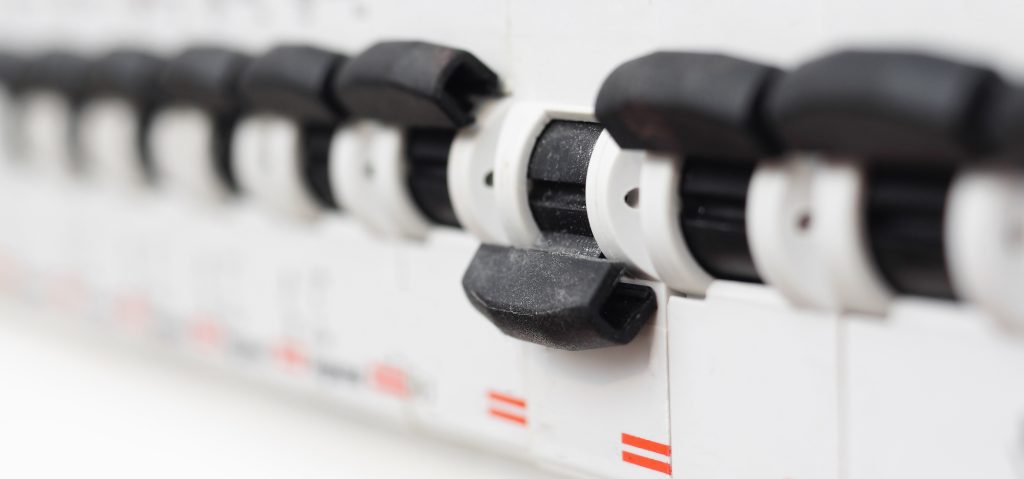In bankruptcy, a reaffirmation agreement refers to a contract between the debtor and a secured creditor. The reaffirmation (or “reaff”) is an agreement that waives the discharge of a debt that would otherwise be discharged. They allow the debtor to keep collateral that may otherwise be subject to repossession.

Reaffirmation agreements are usually filed on cars and real property. Auto lenders and mortgage companies frequently send debtors in Chapter 7 bankruptcy reaffirmation agreements for execution.
A reaffirmation agreement basically allow you to keep your property (the creditor’s loan collateral) even after the legal discharge of your debt in the bankruptcy. You “reaffirm” your liability on the debt for the property that you wish to keep. Reaffirmation agreements are essentially new contracts between the debtor and the lender. The new contract will allow you to keep the property as long as you continue to pay under the terms of the reaffirmation agreement.
Reaffirmation agreements are strictly voluntary. And in most cases, reaffirmation agreements must be filed within sixty (60) days of the meeting of creditors.
Why sign a reaffirmation agreement?
Debtors like reaffirmation agreements because they get to keep their property. And creditors like reaffirmation agreements because they continue (or begin) to get paid for the loan secured by the property. After all, repossession and foreclosure are time-consuming and expensive processes for creditors.
If you reaffirm a debt and fail to make the payments as agreed, however, the creditor will take action. First, the creditor will take action against the property, either repossession or foreclosure. And second, the creditor will take action against you for any remaining debt once the property has been auctioned off. For this reason, it is absolutely essential that you thoroughly discuss your options with your bankruptcy attorney before deciding to execute a reaffirmation agreement.
